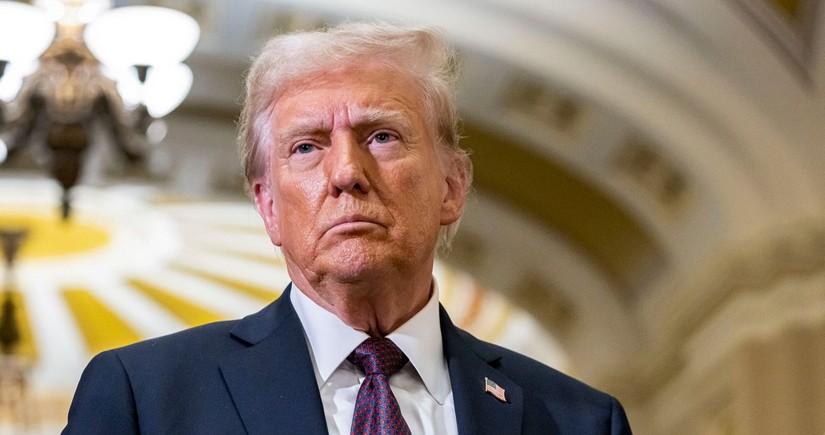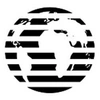Trump to send tariff letters, floats 10%-70% range
- 04 July, 2025
- 14:25

US President Donald Trump said that his administration will start sending out letters to trading partners on July 4 setting unilateral tariff rates, which he said countries would have to begin paying on August 1, Report informs referring to Bloomberg.
Trump told reporters that about “10 or 12” letters would go out Friday, with additional letters coming “over the next few days.”
“I think by the ninth they’ll be fully covered,” Trump added, referring to a July 9 deadline he initially set for countries to reach deals with the US to avoid higher import duties he has threatened. “They’ll range in value from maybe 60 or 70% tariffs to 10 and 20% tariffs,” he added.
The top tier of that range, if formalized, would be higher than any tariffs the president initially outlined during his “Liberation Day” rollout in early April. Those ranged from a 10% baseline tariff on most economies up to a maximum of 50%. Trump didn’t elaborate on which countries would get the tariffs or whether that meant certain goods would be taxed at a higher rate than others.
Trump said that countries would “start to pay on August 1. The money will start going to come into the United States on August 1.” Tariffs are typically paid by the importer, or an intermediary acting on the importer’s behalf. But it’s often the end consumer that ultimately shoulders much of the cost.
Trump has long threatened that if countries fail to reach deals with the US before next week’s deadline, he would simply impose rates on them, raising the stakes for trading partners who have rushed to secure agreements with his administration.
The US president initially announced his higher so-called “reciprocal” tariffs on April 2, but paused those for 90 days to allow countries time to negotiate, putting in place a 10% rate during that interval.
So far, the Trump administration has announced deals with the UK and Vietnam and agreed to a truce with China that saw the world’s two largest economies ease tit-for-tat tariffs.
Asked Thursday if more deals were on the way, Trump responded that “we have a couple of other deals, but you know, my inclination is to send a letter out and say what tariffs they are going to be paying.”
“It’s much easier,” he said.
Trump announced the Vietnam deal on Wednesday, saying that the US would place a 20% tariff on Vietnamese exports to the US and a 40% rate on goods deemed transshipped through the nation — a reference to the practice whereby components from China and possibly other nations are routed through third countries on their way to the US.
